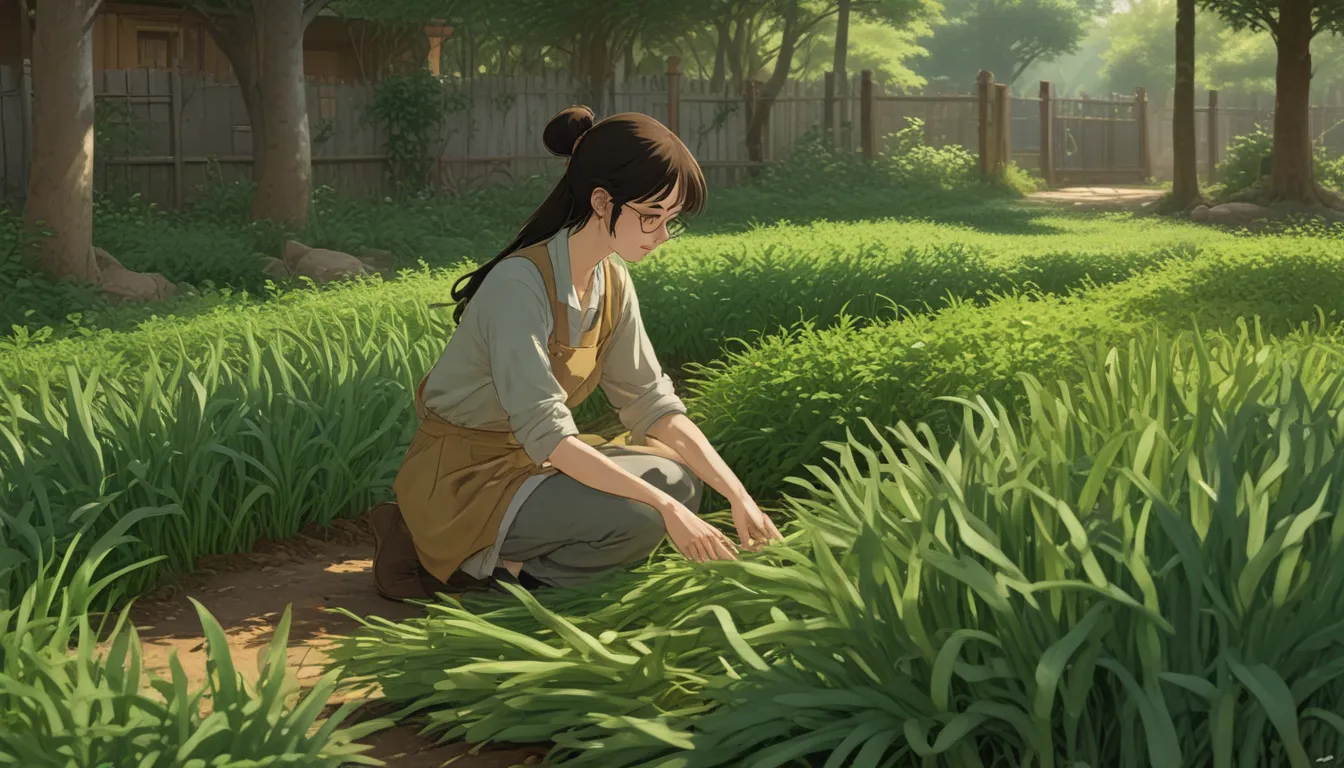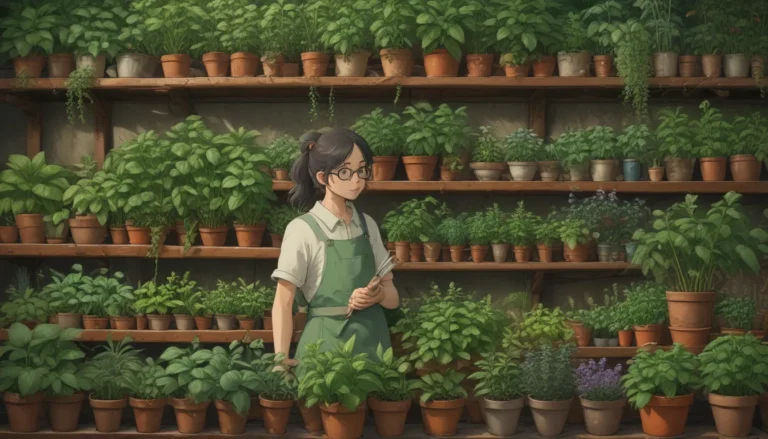How to Harvest Scallions: Tips and Tricks for Home Gardeners

Hello, fellow gardeners! Whether you are a seasoned pro or just dipping your toes into the world of vegetable gardening, there’s no denying the joy that comes with harvesting your own scallions. From adding a flavorful punch to your favorite dishes to garnishing soups and salads, scallions are a versatile and delicious addition to any home cook’s repertoire.
In this comprehensive guide, we will walk you through everything you need to know about harvesting scallions. From understanding the unique traits of true scallions to learning how to pick them at various stages of growth, we’ve got you covered. So grab your gardening gloves and let’s dive in!
Understanding Scallion Traits
Before we get into the nitty-gritty of harvesting scallions, let’s take a moment to understand what sets true scallions apart from other members of the onion family. True scallions, scientifically known as Allium fistulosum, are also referred to as “bunching” or Welsh onions.
Unlike traditional bulbing onions, scallions do not form bulbs as they grow. This means that you can continue to harvest scallions from the same plant year after year, making them a great perennial addition to your garden.
It’s essential to differentiate between true scallions and spring onions, which are immature varieties of A. cepa onions. While spring onions are harvested at an immature stage and can form bulbs if left to mature, scallions mature more quickly and do not store well. They are typically ready for harvest within 50 to 70 days of sowing.
Now that we’ve clarified the differences let’s move on to the exciting part – harvesting these delicious onions at their peak of flavor.
Harvesting Methods
Pick as Microgreens
Scallions are popular choices for growing as microgreens, which are young vegetable greens harvested when they are just two to three inches tall. To harvest scallions as microgreens, sow the seeds thickly on the surface of a growing medium and wait for them to reach the desired height, typically within 15 to 22 days.
The beauty of harvesting scallions as microgreens is that you can snip the green stalks at the base and allow them to regrow, providing you with multiple harvests from the same plant.
Make sure to use sanitized scissors to snip the microgreens close to the soil line. Alternatively, you can gently pull individual microgreens by hand and snip off the roots once they are out of the soil.
Clip Greens to Use Like Chives
For a quick burst of onion flavor, you can clip a few green stalks from your scallion plants when they reach four to five inches in height. Cutting one or two stalks from each clump and leaving the bottom inch intact allows you to use them as a substitute for chives in various dishes.
Pull Bunching Onions
When your scallions reach full size, typically indicated by stalks that are between a quarter and half an inch wide and green tops that are 10 to 12 inches tall, they are ready to be harvested. In most cases, this occurs around 50 to 70 days after sowing, depending on the variety.
To harvest bunching onions, gently loosen the soil around the plants using a claw or small trowel and pull the mature scallions using both hands. If you prefer the white parts of the stalks to be longer, consider blanching the portions growing beneath the surface by mounding soil around the base of the stalks every two to three weeks during the growing season.
For those growing scallions as an annual crop, dig up the entire clump using a gardening fork, separate the individual green onions, and remove any debris before storage.
Harvest Scallion Blossoms
As your scallion plants mature, they will begin to form buds on the tops of their stalks, eventually blooming into delicate flowers. While young blooms will not affect the flavor of the stalks, older flowers can divert the plant’s energy away from producing flavorful stalks.
If you prefer to focus on harvesting the stalks, be sure to clip the buds as they form. However, leaving a few scallions to flower can attract pollinators and provide edible blooms with a mild onion taste.
To harvest scallion blossoms, use clean scissors to clip them from the top of the stem and rinse them gently before using them in fresh recipes or as garnishes.
Wrap Up
In conclusion, harvesting scallions can be a rewarding and flavorful experience for home gardeners. Whether you choose to grow them as microgreens, clip them for immediate use, or pull them at full size, there are plenty of ways to enjoy these versatile onions in your cooking.
Remember to pay attention to the unique traits of true scallions, differentiate them from spring onions, and use the proper harvesting methods to ensure a bountiful yield.
Are you growing scallions in your garden? Share your harvest tips and experiences in the comments below! And if you’re looking for more information on growing onions, check out our guides on bunching onions, onion varieties, and planting spring onions.
Happy harvesting, and enjoy the fruits of your labor in the kitchen!





